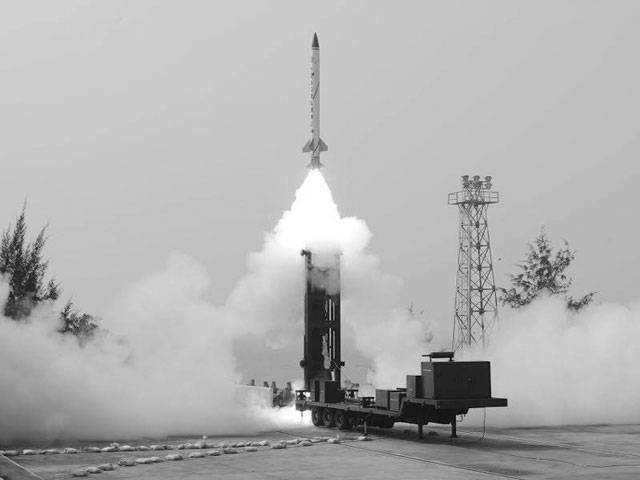“If we had a nuclear war, we’d kill 300 million people in the first hour”
–Norman Thomas-
an American Socialist
During the 1980s, at the peak of the Cold War, the USSR had approximately more than 39,000 nuclear warheads, and the U.S had more than 21,000 nuclear weapons which were equal to destroy the civilisation on the earth multiple times. Though building nuclear weapons was a constraint on the economy of both the countries, but there were arguments in its favour too like the theory of nuclear deterrence and Kenneth Waltz’s work ‘The Spread of Nuclear Weapons: More may Better” in which he argued that, indeed, more number of nuclear weapons are a guaranteer of peace between the countries. There existed another school of thought that presented the idea of Mutually Assured Destruction (MAD). The theory of MAD argues that the use of nuclear weapons is an irrational decision because the mighty belligerents know the destructive consequences of a nuclear war, as both rivals would not be able to survive the war.
South Asia is a peculiar case for MAD. Recently, the statement of Indian Army Chief Bipin Rawat and the LoC firing has escalated the tensions between the countries. Both the countries are equipped with the nuclear weapons, and both the countries possess the second strike capability. However, Pakistan should be more concerned because India has not only upper hand in a conventional warfare but also in the nuclear warfare as it possesses anti-ballistic missile defence system such as Prithvi Air Defence and Advanced Air Defence. These systems have the ability to destroy any ballistic missile entering in the Indian aerial space.






